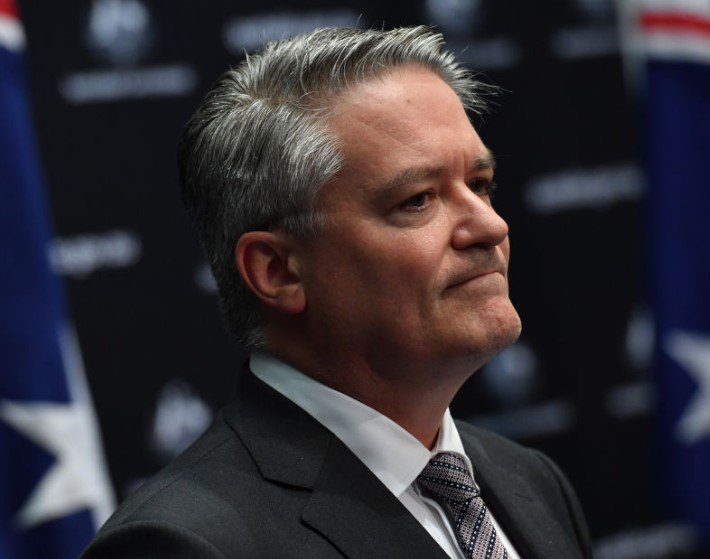Australia’s economic engine is losing steam — and the OECD says sluggish business investment is to blame.
Growth forecasts are down, competitiveness is slipping, and the cost of standing still is rising. That’s the grim takeaway from the Organisation for Economic Co-operation and Development’s latest report, warning that Australia has fallen behind other developed nations on a crucial economic front: putting money to work.
Investment Drop Pulls Growth Below Gear
The OECD has trimmed its forecast for Australia’s economic growth in 2025 to 1.8%, down from earlier expectations. That’s one of the weakest numbers among advanced economies.
The 2026 projection isn’t much better. A revised 2.2% — lower than the 2.5% predicted in December — suggests this isn’t a one-off wobble, but a deeper issue.
It’s not that inflation is spiralling. It’s not unemployment either. Both remain relatively steady.
The real culprit? Businesses aren’t spending enough. Not on machinery, not on research, and certainly not on future growth.

Cormann Points to Long-Term Risks
Mathias Cormann, OECD secretary-general and former Australian Liberal Senator, didn’t sugarcoat it. He said nations needed to get serious about productivity — and that means investing.
Australia, he hinted, isn’t doing nearly enough.
“We’re seeing a widespread decline in business investment across developed countries,” Cormann said. “But some, like Australia, are feeling the impact more sharply.”
AMP Capital backed that up last week with sobering numbers. It found investment, as a percentage of GDP, had dropped to half its 2012 levels. Think about that for a second — a full decade’s worth of momentum, gone.
And that drop isn’t just academic. It shows up in day-to-day life: slower wage growth, fewer new jobs, less innovation.
The ‘Canary in the Coal Mine’ Moment
The Australian Industry Group (Ai Group) didn’t hold back. It said the OECD’s findings should be a wake-up call.
“This is the canary in the coal mine,” a spokesperson said. “Australia’s competitiveness is clearly slipping. We need to reignite confidence and incentives for business to reinvest in growth.”
But what does that actually mean? For many in the business community, it’s about less red tape, smarter tax incentives, and long-term certainty.
That’s a steep drop in just over a decade. And the trend, according to analysts, shows no real sign of reversal.
America’s Trade War Adds More Pressure
And then there’s the global picture. The OECD also flagged the fallout from America’s growing trade spats — particularly with China — as a drag on worldwide growth.
Countries that rely on open trade, like Australia, are especially vulnerable.
If investment doesn’t rebound soon, Australia could face the double whammy of weak domestic productivity and a hostile external trading environment.
• Global protectionism, rising interest rates, and political uncertainty are all making businesses more cautious about opening their wallets.
That uncertainty has turned capital from a jet engine into a sputtering motor. Companies that would’ve spent on major projects five years ago are now holding back.
Housing Crisis and Ageing Boomers Complicate Outlook
Australia’s housing market is another ticking time bomb. The OECD says the country must do more to ease the housing supply crunch if it wants to unlock productivity.
Young workers are being priced out of cities where the jobs are. That kills mobility and smothers innovation in the long run.
Add to that an ageing population and the cost pressures of healthcare, and it’s clear Australia’s economy is walking a tightrope.
One sentence here.
Yet, with the right policy mix — encouraging business investment, building homes, reforming tax — the tide could turn. But the longer the hesitation, the harder the climb back.








